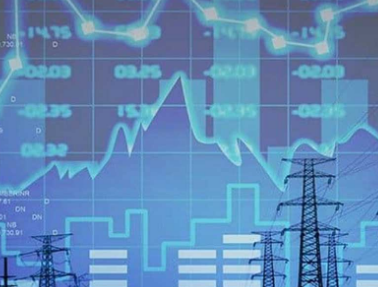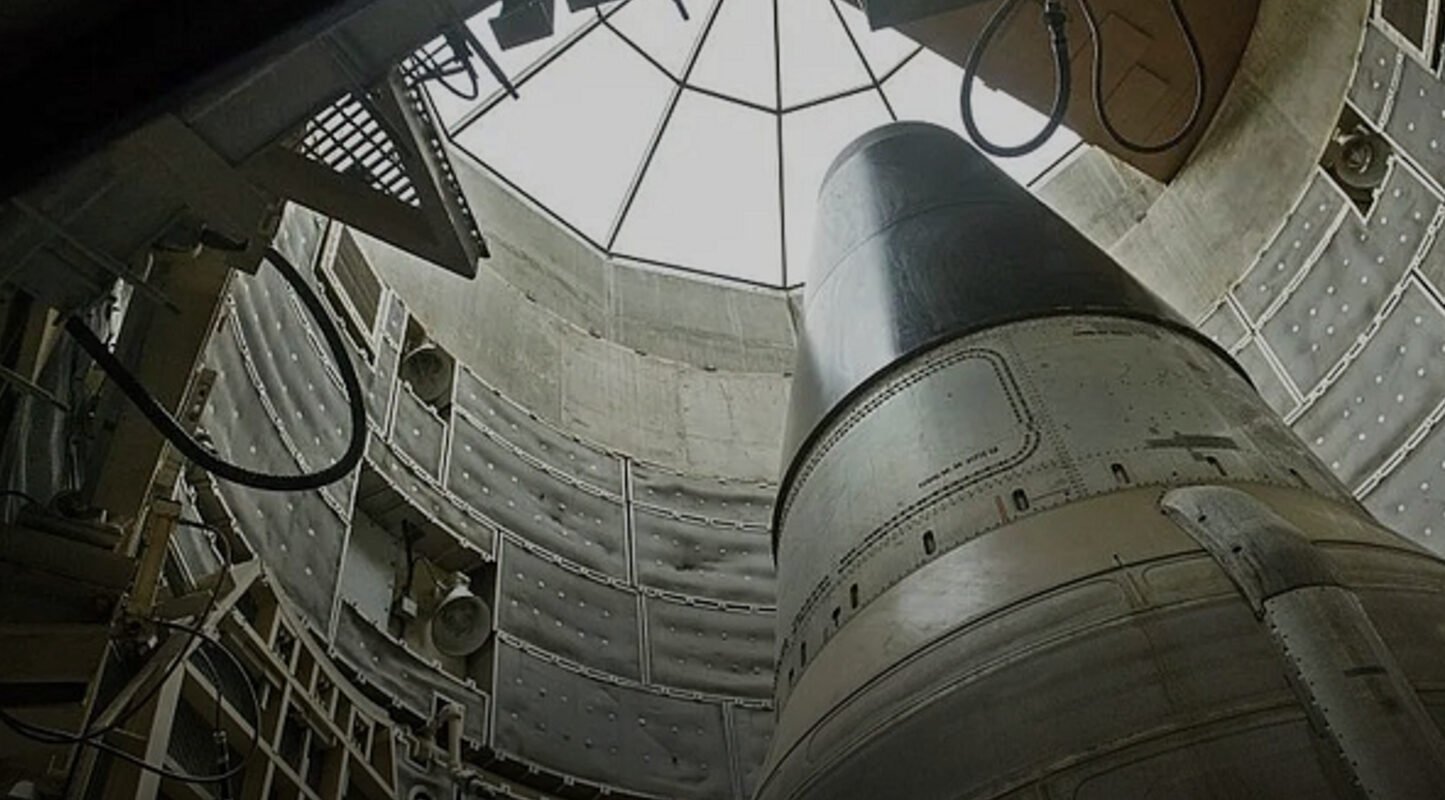From wars to diplomatic breakdowns, international crises often send shockwaves through global energy markets. Prices can spike, supplies may shrink, and investors brace for impact. But why do energy markets react so quickly—and so dramatically—when a crisis unfolds? The answer lies in a complex web of supply chains, investor psychology, and geopolitical risk.
The Role of Supply Disruptions in Energy Market Fluctuations
Energy markets rely on global trade routes and infrastructure. When an international crisis threatens oil-producing regions or major shipping lanes, it can instantly reduce supply or create fear of shortages. This fear drives prices up—even before actual supply falls.
For example, conflicts in the Middle East often lead to oil price hikes because the region supplies over 30% of the world’s crude. Even the threat of disruption is enough to make markets jittery.
Demand, Uncertainty, and Speculation
It’s not just about supply—demand and speculation also play huge roles. During a crisis, economic activity may slow down, reducing energy consumption. On the flip side, countries may ramp up energy purchases to stockpile resources, which increases short-term demand.

Traders and investors also influence price movements through speculation. If they believe a crisis will get worse, they may buy up energy contracts, pushing prices even higher. In this way, perception and fear often fuel volatility as much as actual supply and demand.
Currency and Policy Impact on Energy Prices
When a crisis affects currency markets, it can make energy more or less expensive depending on where a country is buying from. Additionally, international sanctions or embargoes—like those imposed during the Russia-Ukraine war—limit who can sell or buy energy, forcing markets to adapt rapidly.
Government responses, such as tapping into strategic reserves or imposing price controls, also shape market outcomes. These actions may calm prices temporarily but can’t always prevent long-term shifts.
Markets are among the most sensitive to global instability. A single geopolitical event can disrupt supply, trigger panic buying, and send prices swinging. Understanding the mechanics behind this volatility helps investors, policymakers, and everyday consumers prepare for the economic ripple effects of global crises.


